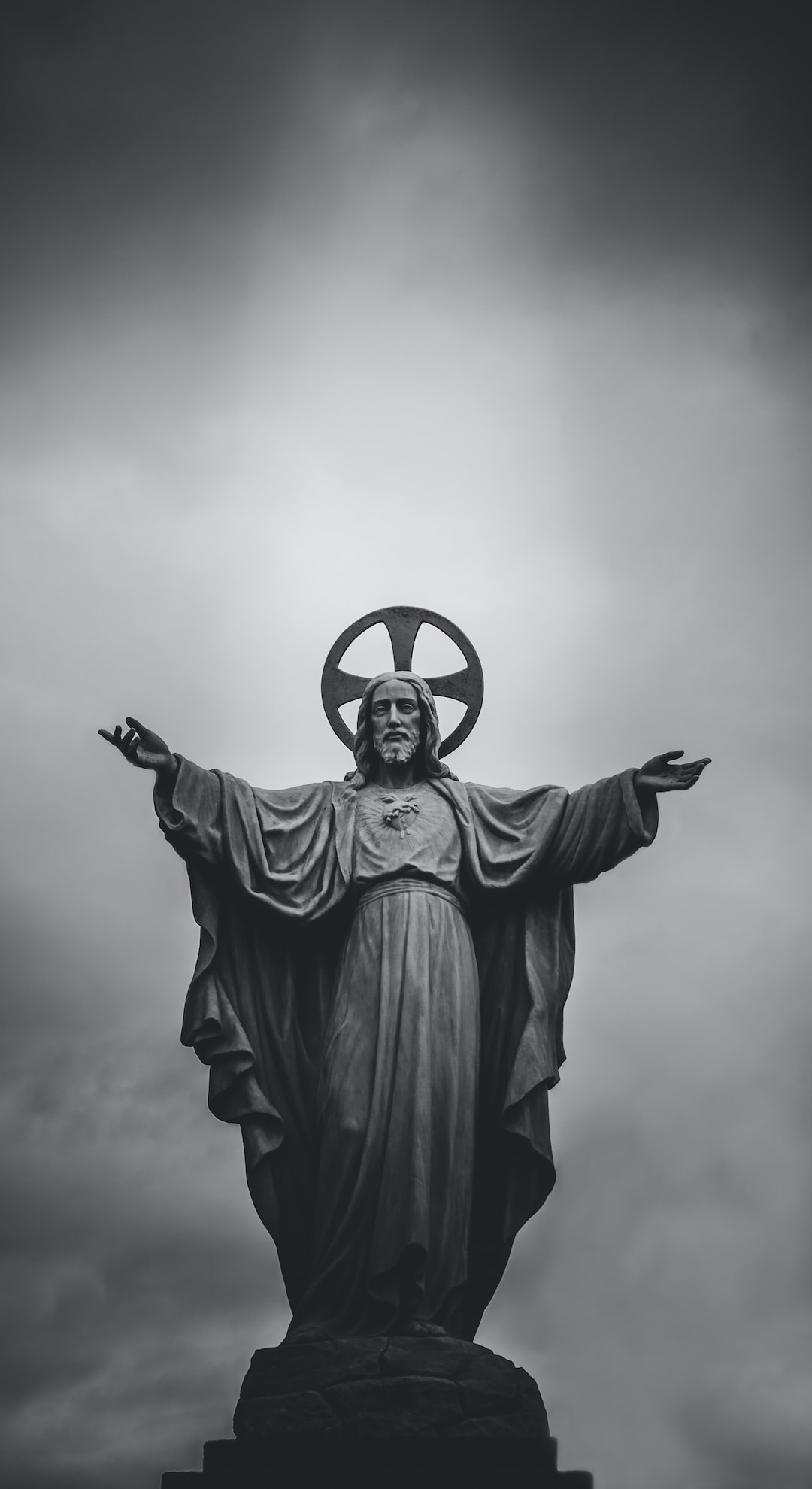Unveiling the Secrets of Ancient Pagan Religions and Their Influence
Throughout human history, a plethora of diverse religious traditions have emerged, each with its unique beliefs, rituals, and practices. One such intriguing and often misunderstood category is ancient pagan religions. These belief systems, which typically worshipped nature deities and spirits, held great significance for ancient civilizations and shaped their cultural, social, and political landscapes. In this blog post, we will delve into the secrets of ancient pagan religions, exploring their fascinating influence on society and their enduring legacy.
To understand the origins of pagan religions, we must first recognize the connection between early human societies and their environments. In ancient times, people depended heavily on nature for survival, which fostered a deep respect and reverence for the natural world. Pagan religions emerged as a way to honor and communicate with the unseen forces believed to govern natural phenomena.
One prominent example of an ancient pagan religion is the Norse mythology, originating from the Scandinavian region. The Norse gods and goddesses, such as Odin, Thor, and Freya, were worshipped for their control over elements of nature, like thunder and fertility. This religion fostered a strong warrior culture and influenced the governance systems of societies like the Vikings, who believed they were blessed by the gods in battle.
Another well-known pagan faith is ancient Egyptian religion, with its complex pantheon of gods and goddesses. The Egyptians worshipped deities like Ra, the sun god, and Isis, the mother goddess. Their religious beliefs were intertwined with their social structure and daily life, with the pharaoh serving as both a political and religious leader, believed to be a god in human form.
Pagan religions also found expression in Greece and Rome, where they became integral to the shaping of these civilizations. The Greeks worshipped a multitude of gods and goddesses who presided over various aspects of life. Similarly, the Romans adopted many of these deities, giving them different names but preserving their roles and domains.
One of the most iconic examples of ancient pagan religions’ influence can be found in the cultivation of pre-Christian Celtic beliefs. The Celtic people, spread across Europe, held a deep connection with their land and worshipped gods and goddesses associated with nature, such as Cernunnos and Danu. Their religious practices were entwined with seasonal celebrations, such as Beltane and Samhain, which have influenced modern holidays such as May Day and Halloween.
The influence of pagan religions extended beyond rituals and customs and permeated the arts and architecture of these civilizations. Sacred sites, such as Stonehenge in England or the Parthenon in Greece, were built as places of worship and reflection. Elaborate mythologies and legends served as inspiration for countless works of art, literature, and poetry, enriching cultural expression.
As time progressed, the influence of ancient pagan religions gradually waned. As civilizations expanded and interconnected, religious ideologies shifted, and monotheistic faiths like Christianity and Islam rose to prominence. Pagan practices were often labeled as heretical, leading to the persecution and suppression of pagan beliefs and traditions.
However, even as ancient pagan religions diminished, their influence remained embedded within society. Many pagan rituals and festivities were absorbed into new religious practices, evolving and transforming over time. For example, the Christian holiday of Christmas coincided with pagan winter solstice celebrations, and Easter incorporated symbols and traditions from pre-Christian fertility festivals.
Today, we continue to discover and study ancient pagan religions, peeling back the layers of history to glimpse into these intriguing and often misunderstood belief systems. Their influence can be seen in contemporary celebrations of nature, personal spiritual practices, and the ongoing exploration of alternative belief systems.
In conclusion, ancient pagan religions played a vital role in shaping the cultural, social, and political fabric of ancient civilizations. Their beliefs and rituals, centered around nature and its elements, left an indelible mark on society. Though they faced persecution and diminishment over time, their influence lingers in the arts, architecture, and even our modern celebrations. Unveiling the secrets of ancient pagan religions allows us to appreciate the rich tapestry of human spiritual expression throughout history.

